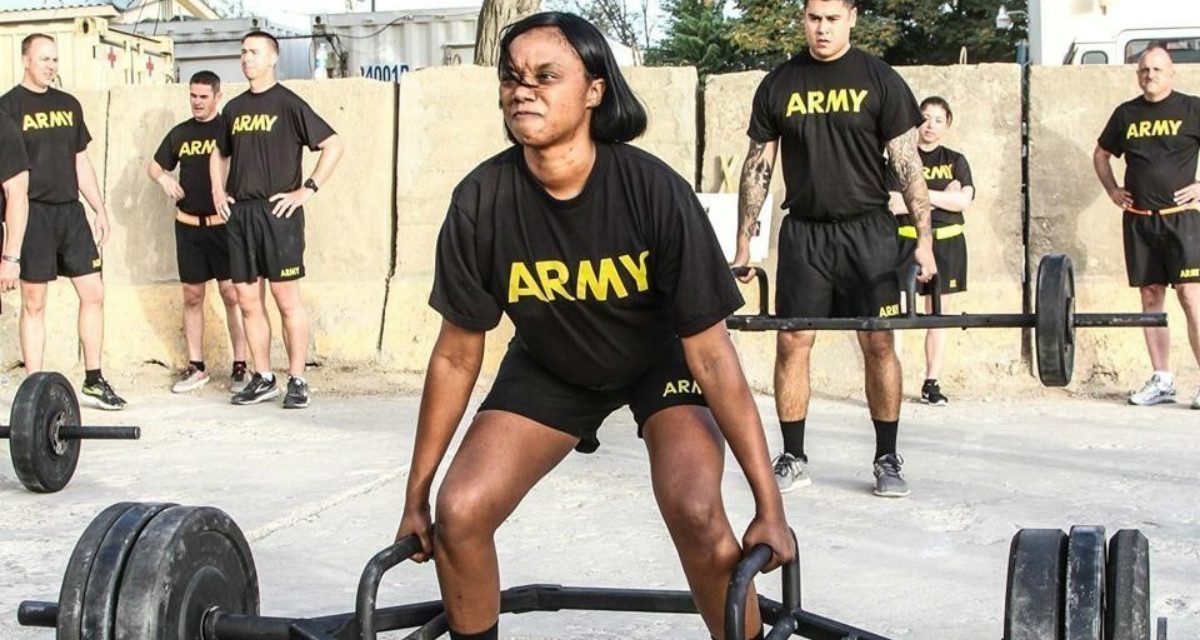For the military, fitness is more than just a matter of strength and endurance. It’s also about injury prevention and mental alertness in the face of danger. As a result, the army and other branches of the military regularly administer physical fitness tests to measure the overall condition and readiness of their troops. These PT tests vary from branch to branch, but most are comprised of a timed run or series of exercises. To pass these tests, it’s important to create a workout regimen that meets the specific needs of the upcoming test.
To help prepare for the army pt, there are numerous online resources available that provide guidelines and training exercises specifically tailored to the individual branches of the military. The army, for example, publishes a pamphlet that covers general training guidelines and provides specialized exercise recommendations for soldiers.
Whether you are preparing for the army pt, air force pt, or navy pt, you should develop a routine that includes the following elements:
Start by doing a full body warm-up and cool down. This will increase the flexibility and range of motion in your joints and prevent injuries. You should also hydrate well before the test. Drinking water is crucial for proper hydration, but you should avoid consuming caffeine or sugary drinks. It’s also a good idea to try and sleep the night before the test.
You should also eat a diet that is rich in vegetables, fruits, whole grains, and lean proteins from dairy or meats. You should also limit fatty foods and sugary beverages. If you are on a special diet, talk to your doctor to make sure it’s safe for you to do the test.
The old APFT, which was last tested in 2018, consisted of push-ups and sit-ups, a 2-mile run, and an arm wrestle. For those who could not complete the 2-mile run, alternatives like a 5,000-meter row, a 10,000-meter bike ride, or a 2.5-mile walk were available.
Now, the army is implementing a new test called the ACFT (Army Combat Fitness Test). The new test consists of hex bar deadlifts, backward medicine ball throws, hand-release pushups, plank, and a hybrid sprint-drag-carry with kettlebell weights. The goal is to improve core strength and readiness and simulate real-world tactical tasks such as carrying a wounded comrade to safety or running up a hill to retrieve ammunition.
The test has been in the works for a while, and some units have already been using it this year. The new test takes place over 120 minutes, and it combines strength-training exercises you won’t learn in gym class with running and other aerobic events. It’s a complex and challenging test, and it requires some serious preparation to get accustomed to.

